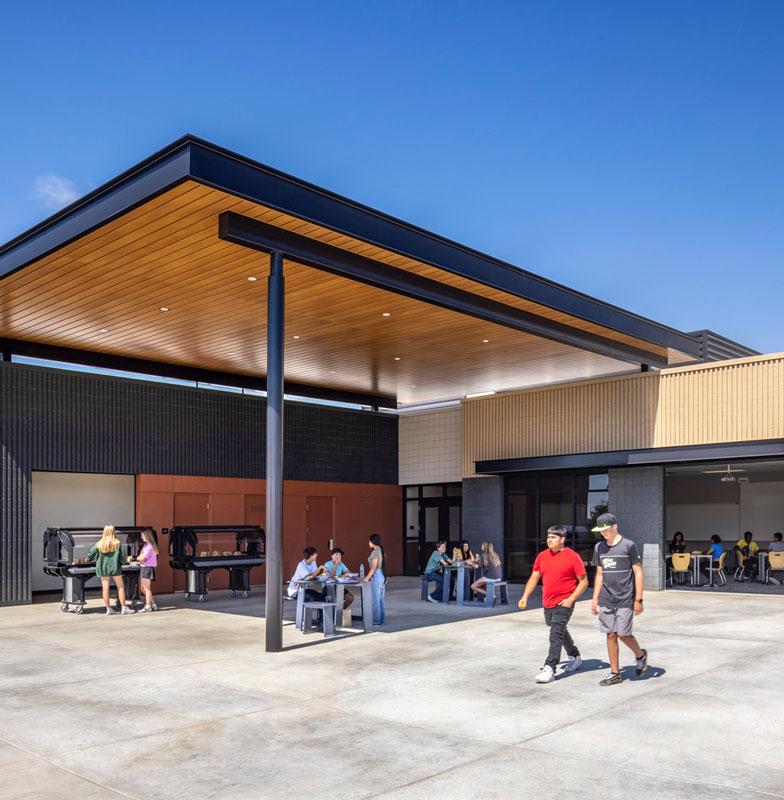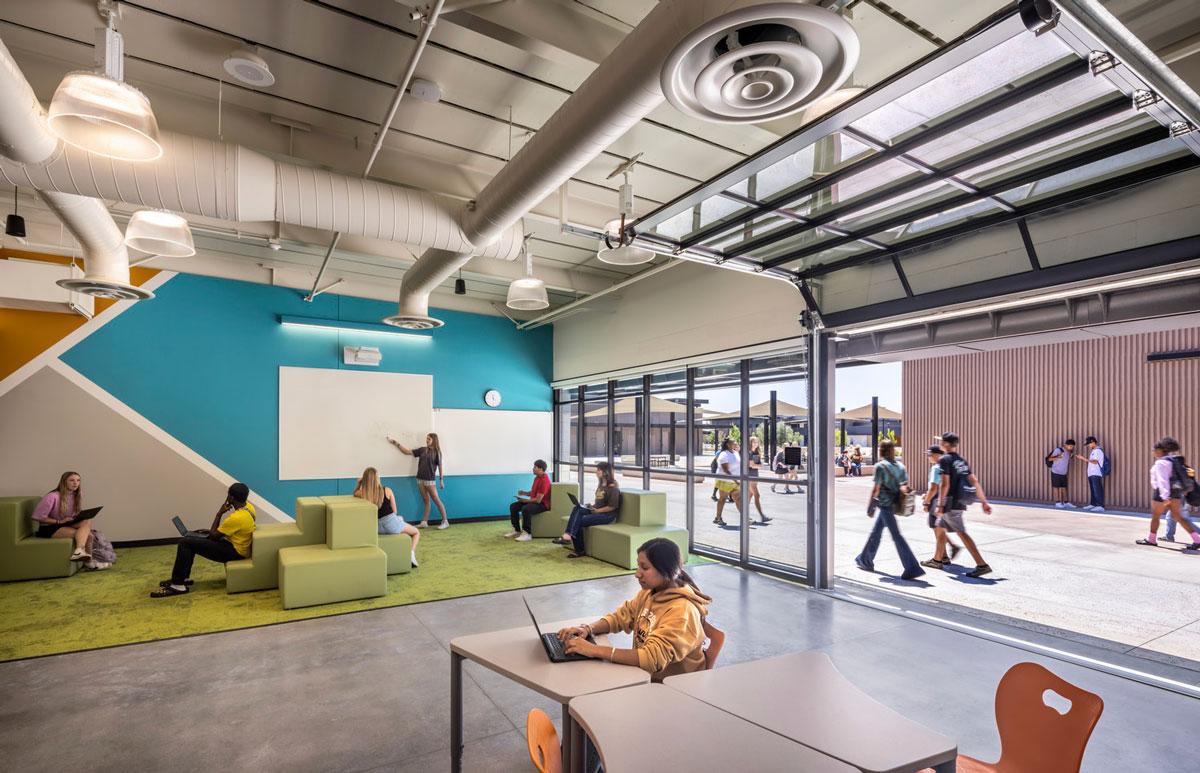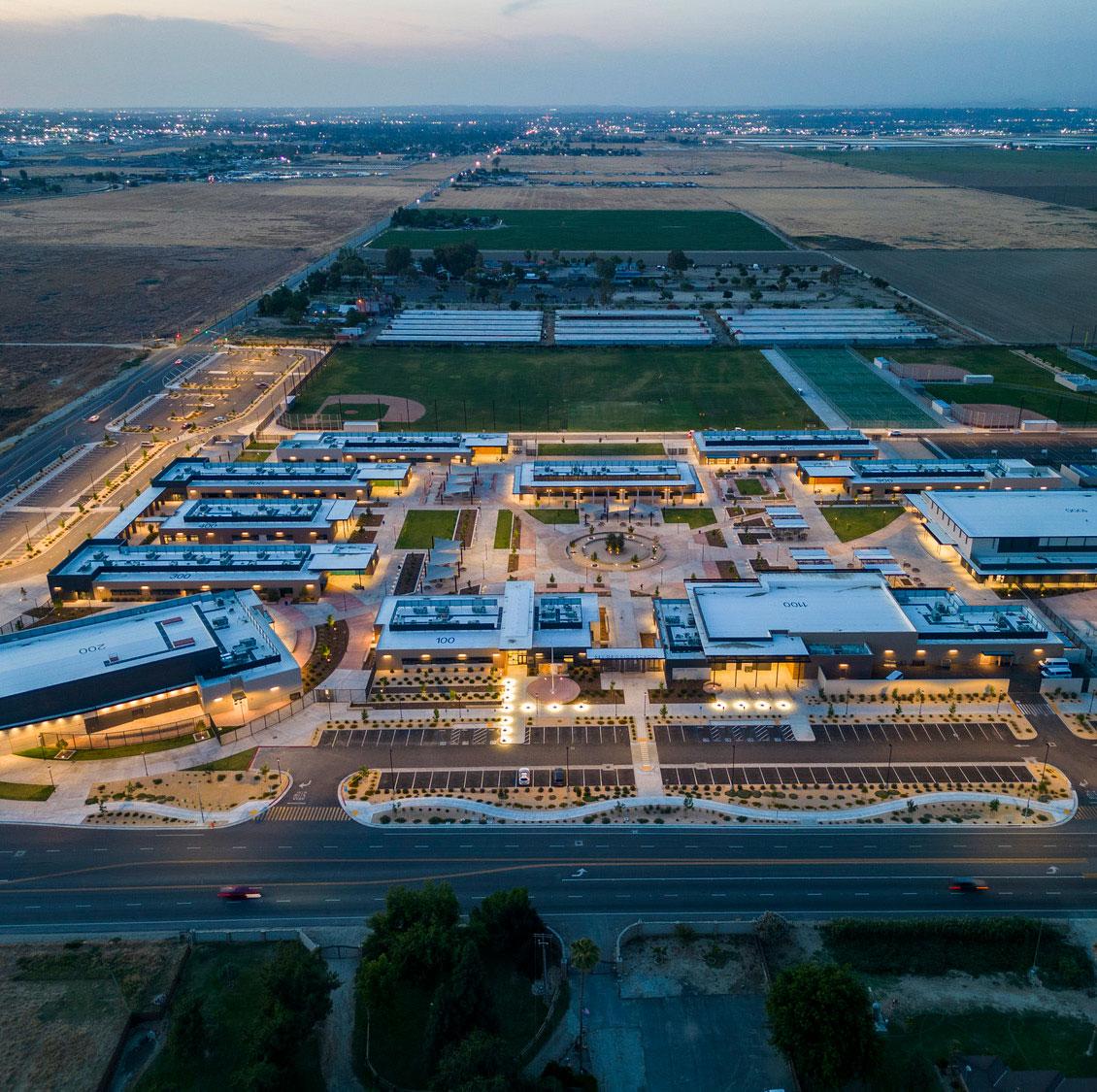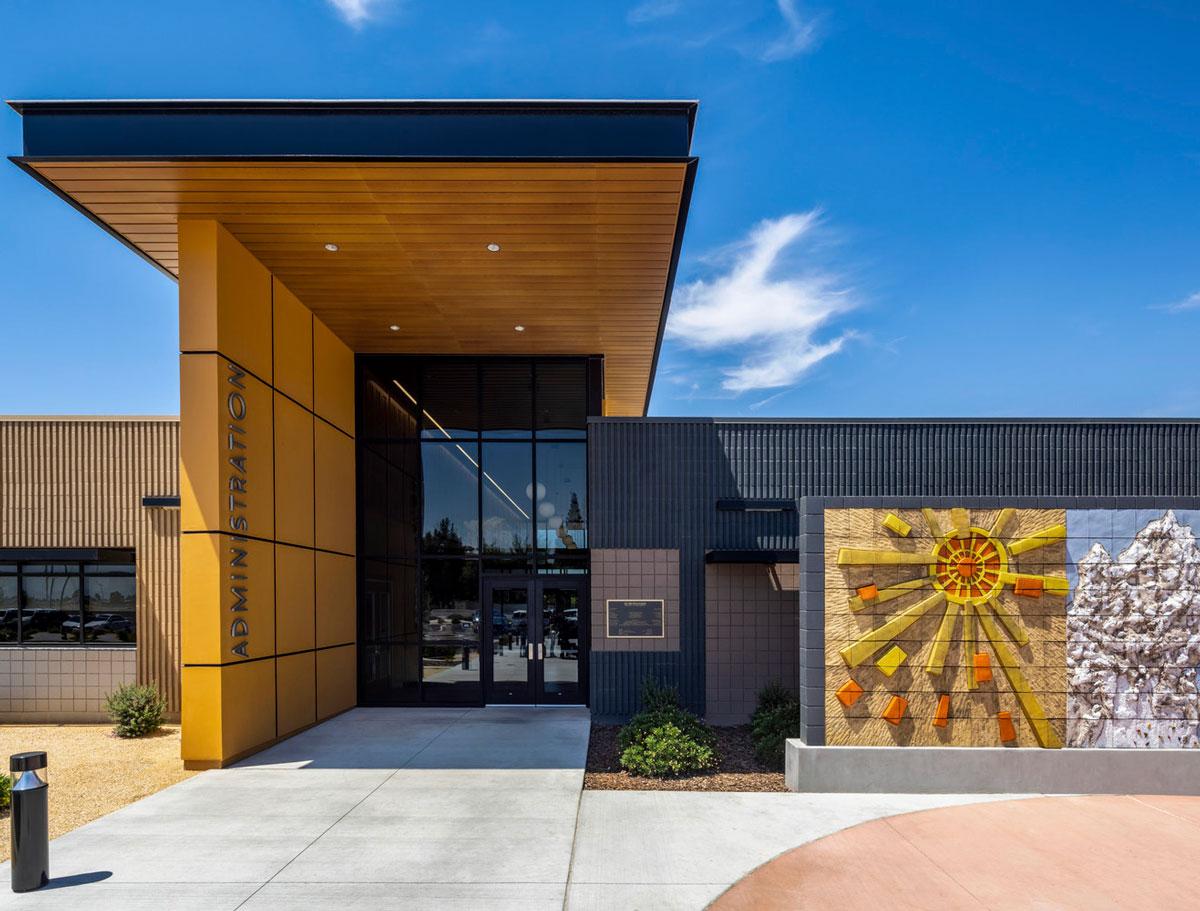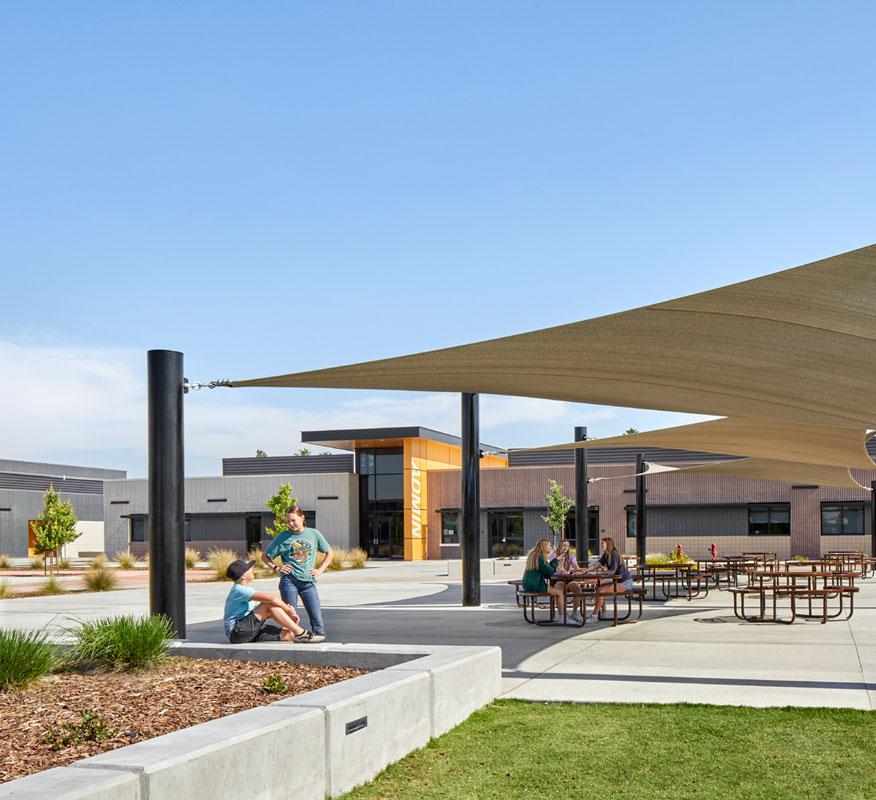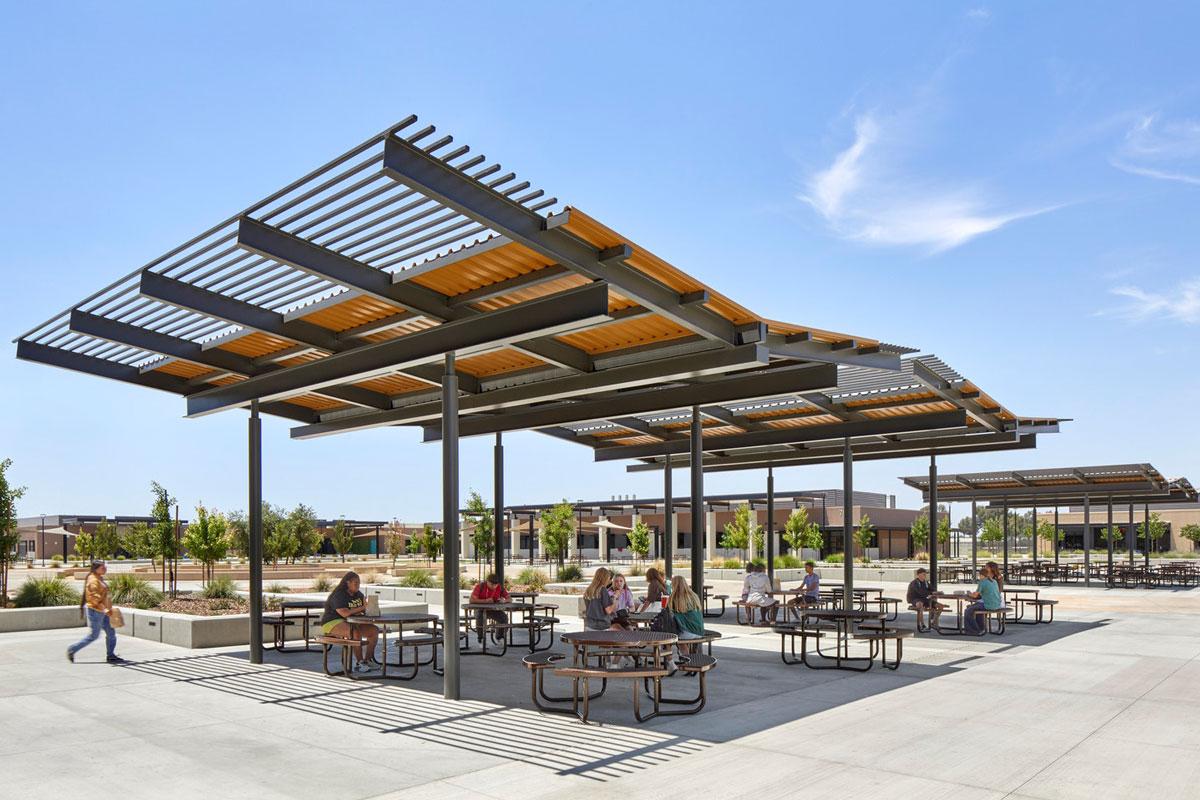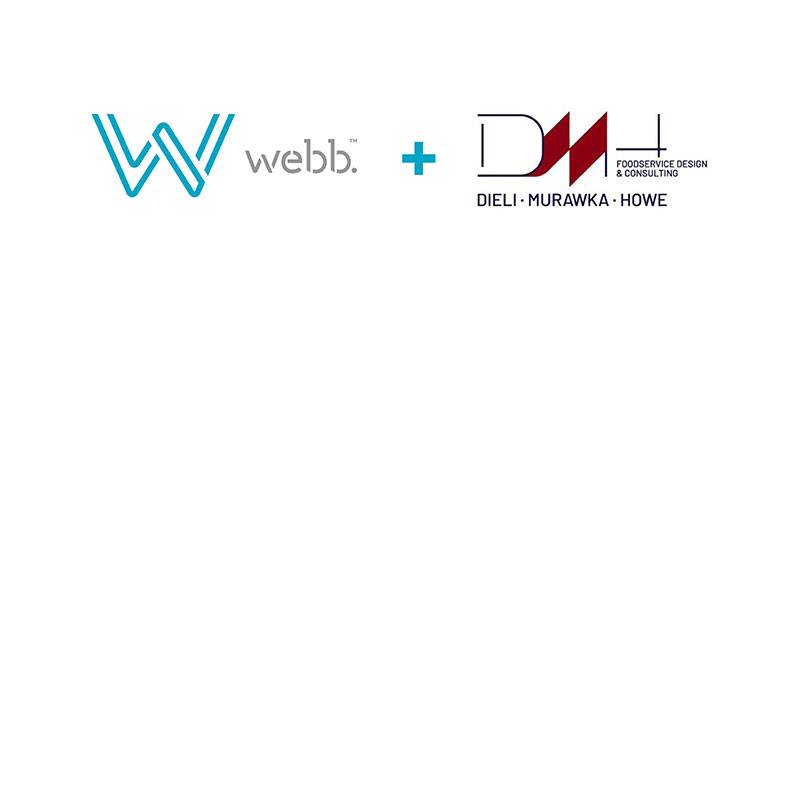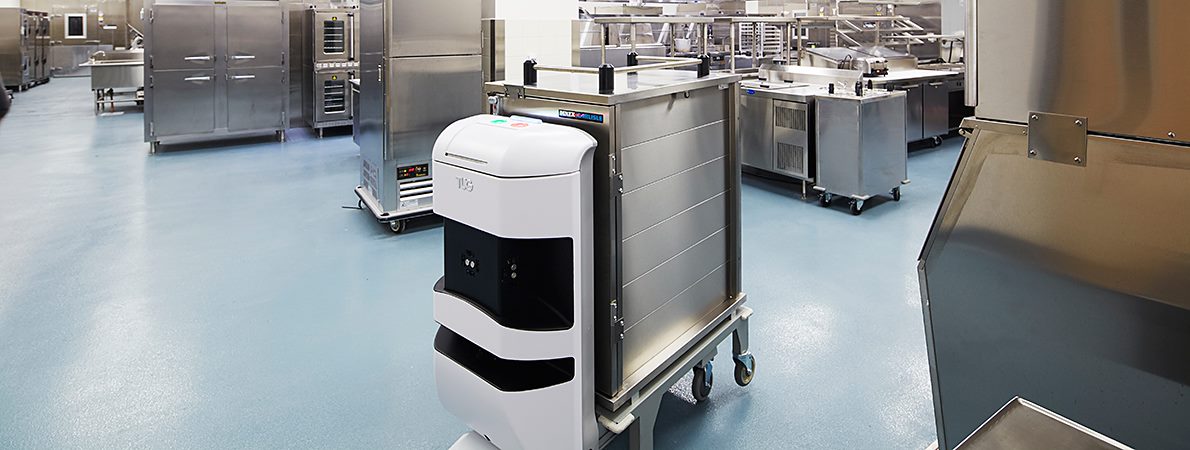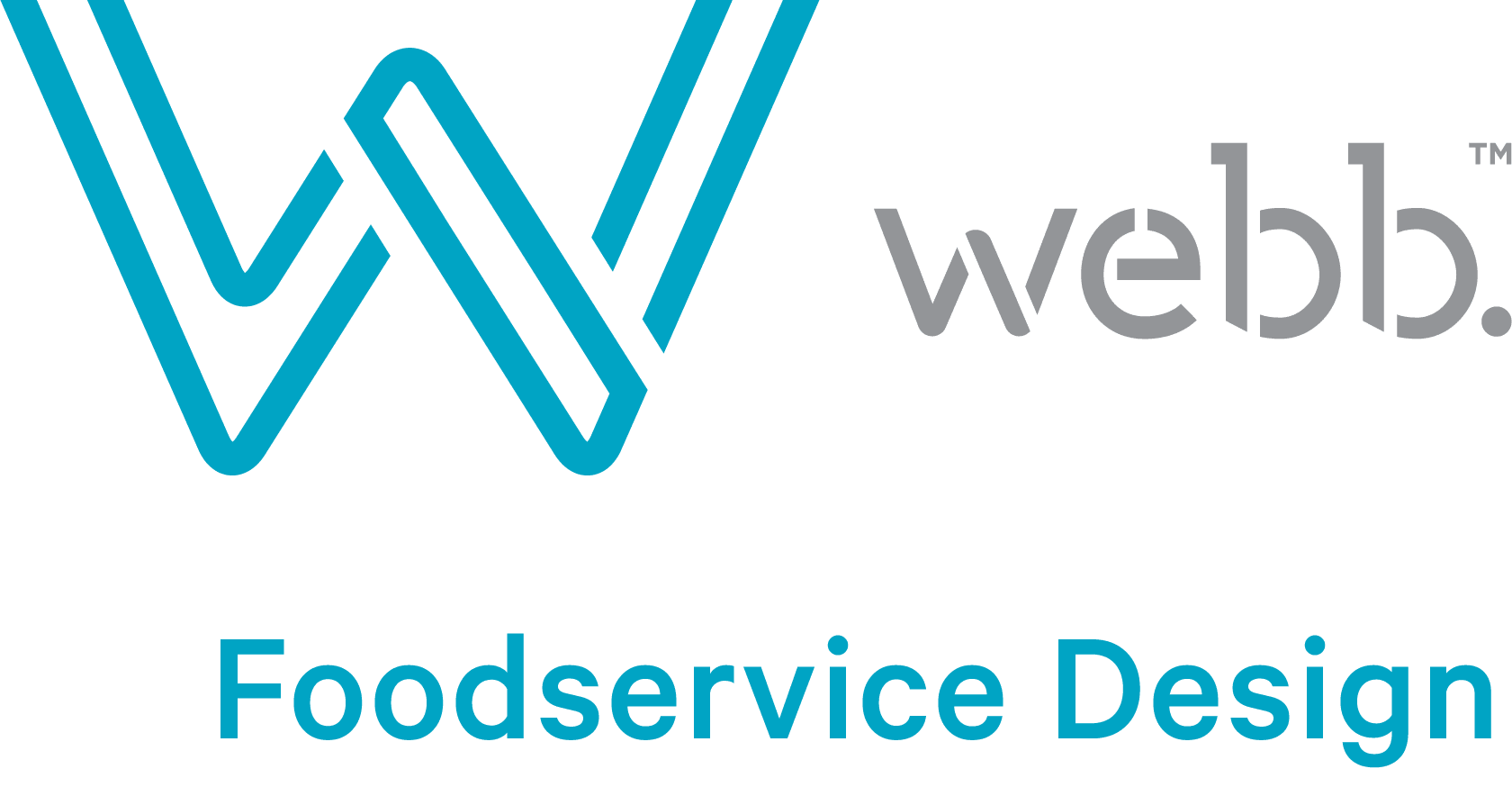Kern High School District
project | K-12 Schools
Del Oro High School
Bakersfield, California
To relieve overcrowding at KHSD surrounding high schools, the new 227,000 SF school sits on a 77-acre agricultural site and accommodates 2,500 students at the core support spaces and 2,100 students for the teaching spaces.
Find your collection in the bottom right.
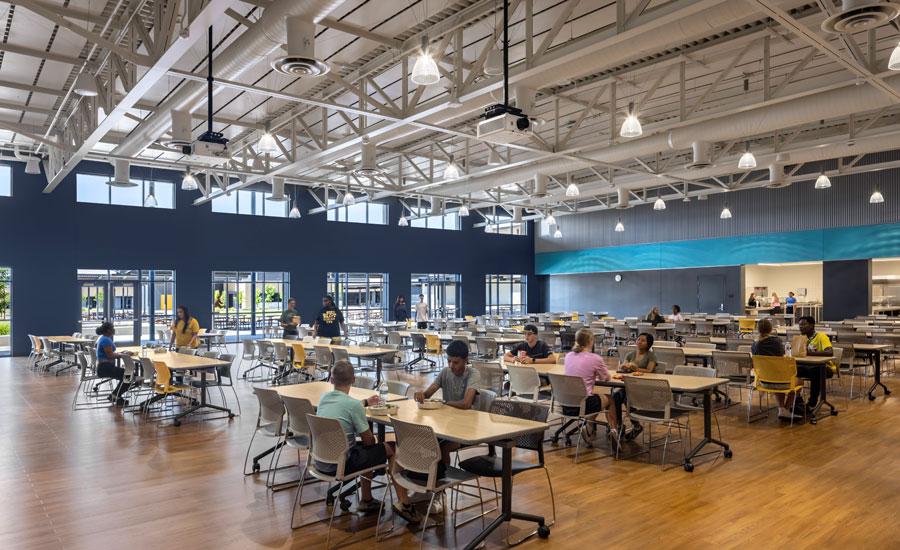
Project Data
Project Type | Completion |
|---|---|
New Construction | 2022 |
Engagement Type | Service |
Design-Bid-Build
| Foodservice Design |
Project Size | Foodservice Cost |
227,000 Sq. Ft | $173m |
Operation Type | Serving Capacity |
Kitchen & Servery | 2,500 Students |
Architect | |
HMC Architects |
This kitchen exceeds our expectations! The front-of-house design is open for the students, it allows them to see the variety of food on offer compared to the old kitchen where students did not have that option.”
Audrey Mitchell | Director of Nutrition Services
Perris High School District

